E.W. Swanton’s first published article appeared in All Sports Weekly in July 1926, soon after his 19th birthday. Thence, swiftly, into Fleet Street, covering public-school sports for the London Evening Standard and ‘rugger’ for the Times. In the summer of 1930 he made his Test debut, reporting the Ashes match at Lord’s in which young Don Bradman scored 254 out of 729 for 6 declared.
Swanton had not been selected for the cricket XI at school. He forestalled any such humiliations in adult life by founding his own team, the Arabs, whose one absolute club rule was that E.W. Swanton should open the batting. As for the other players, according to Fay and Kynaston, ‘being the son of a Viscount seemed to ensure automatic selection’. All very Wodehousean.
John Arlott’s background, by contrast, was pure H.G. Wells. His mother, Nellie, in service from the age of 11, was sent one day to buy a coal shovel at the ironmongery shop in Eastbourne; behind the counter was Jack Arlott, fresh from a spell in Harrods’ hardware department. Soon after their wedding Nellie and Jack moved to Basingstoke, giving their son his endlessly imitable Hampshire burr.
Aged seven, John Arlott chanced upon a village cricket match, which he found puzzling but beautiful. He set out to study ‘every book I could get and every local oracle on the game’. And far beyond the game: during his decade as a policeman in Southampton, colleagues needing to find the off-duty Arlott always checked the public library first.
His first published poem, ‘Cricket at Worcester 1938’, was accepted for the July 1943 issue of Horizon by Cyril Connolly; his first book of verse appeared 18 months later. (‘Intensely English’ — the Observer.) Police chiefs were none too pleased when the BBC chose him, a mere provincial sergeant, to represent the nation’s coppers in a radio show on VE Day. He left the force soon afterwards to become a BBC talks producer; within a year he was also a cricket broadcaster.
The subjects of this stylish double biography first shared a commentary box at the 1946 Old Trafford Test. From the outset, Swanton’s ‘Olympian tone’ and ‘capacity for seemingly omniscient historical rankings’ were in sharp contrast to Arlott’s squiffy romanticism, ‘defined by his belief that humanity and humour are greater than hundreds’.
Yet Swanton had his romantic side, not least in his devotion to amateurism. Whereas Arlott was the founding president of the Cricketers Association, the trade union for professionals, Swanton shuddered at the thought of a pro captaining England. He went into mourning when the MCC voted in 1963 to abolish amateur status — ‘a day after the death of Plum Warner (historian of the Gents and Players), a fortnight before Harold Wilson became leader of the Labour Party, a month before the first Beatles no.1,’ the authors observe, Larkinishly.
Away from the radio, since Swanton wrote for the Telegraph and Arlott for the Guardian they looked like the respective figureheads of cricketing conservatism and liberalism — the Disraeli and Gladstone of the sports pages. Fortunately for Stephen Fay and David Kynaston, it was less simple than that: the liberal was sometimes more resistant to change than the conservative.
It is the ironies and contradictions that make this book irresistible to any cricket-lover with a taste for dialectics. Swanton, the self-confessed English snob, loved down-to-earth Australians; Arlott, the champion of the common people, didn’t. ‘Their speech, their laws, their cooking, their manners,’ he sniffed, ‘are not the same as ours.’ Swanton lobbied hard for the introduction of limited-overs cricket; Arlott opposed it. Once it started, Arlott came round to the idea while Swanton fretted that it was harming the county championship.
Then came Kerry Packer’s pyjama-cricket revolution, magically uniting Guardian and Telegraph: ‘Arlott was at one with Swanton in fearing that the very nature of cricket — its soul — was in danger of changing irreversibly for the worse.’ They were also at one in their attitude to racism: after Enoch Powell’s river of blood speech, Swanton denounced it in The Spectator as a ‘bloodthirsty, hateful’ incitement to violence.
Praised by Dylan Thomas for his ‘amazingly visual’ style of commentary, Arlott never lost his poetic eye. Who could forget Ian Botham running up to bowl ‘like a shire horse cresting the breeze’ — or Clive Lloyd hitting the ball high over midwicket for four, ‘a stroke of a man knocking a thistle-top off with a walking stick’? Swanton produced crisp, judicious prose without ever finding a memorable image, still less a joke.
‘Swanton is very pompous and opinionated,’ an England tour manager complained, and the authors use his self-importance as a hugely enjoyable running gag throughout the book. Typical is the story of Swanton giving an engagement present to the cricket writer Michael Melford, saying: ‘I thought you would like this.’ It was a signed photograph of E. W. Swanton.
Got something to add? Join the discussion and comment below.
Get 10 issues for just $10
Subscribe to The Spectator Australia today for the next 10 magazine issues, plus full online access, for just $10.
You might disagree with half of it, but you’ll enjoy reading all of it. Try your first month for free, then just $2 a week for the remainder of your first year.

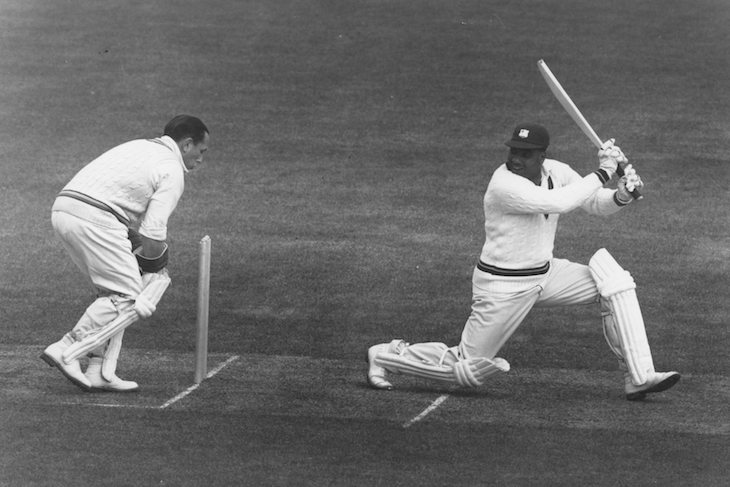
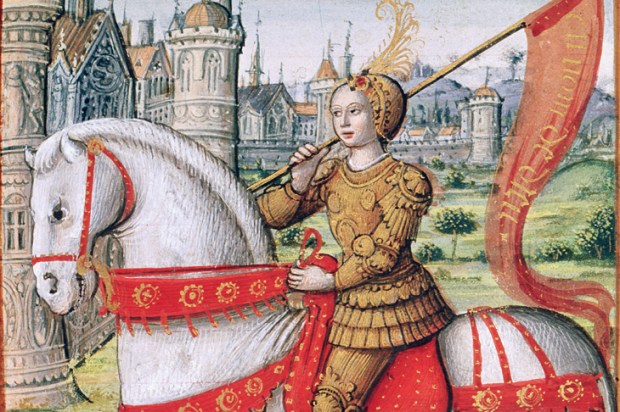
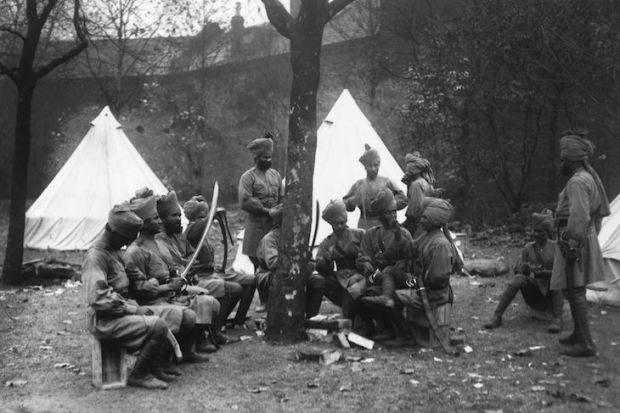
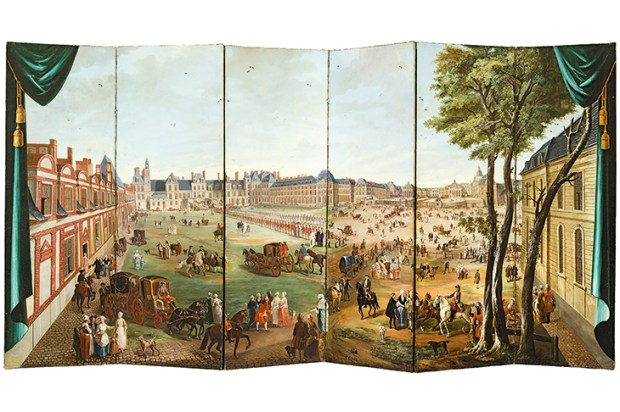
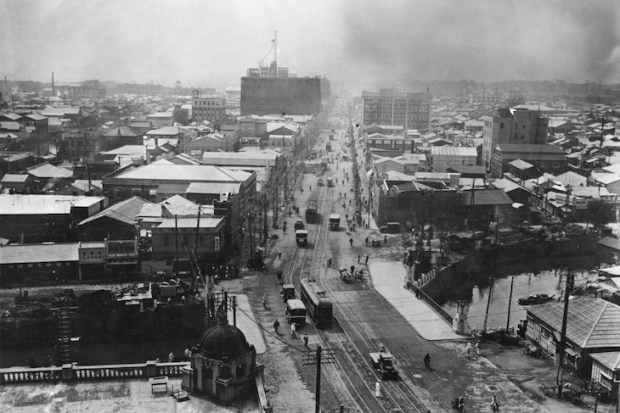

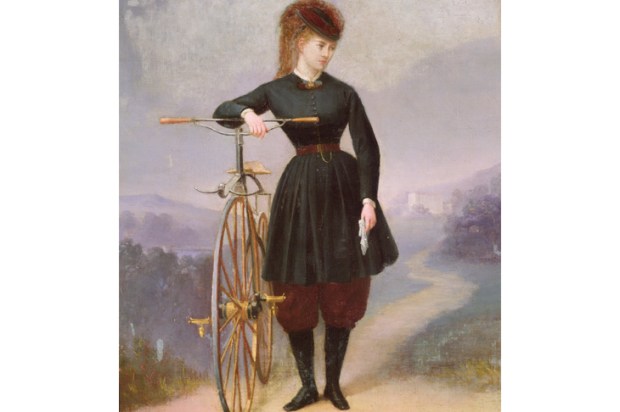






Comments
Don't miss out
Join the conversation with other Spectator Australia readers. Subscribe to leave a comment.
SUBSCRIBEAlready a subscriber? Log in